In Ancient Egypt, stools were for commoners; chairs with backs and armrests were reserved for the elite. By the 5th century BCE, Ancient Greece had invented the klismos, a “democratic” chair with outward-curved legs and a curved backrest, meant to be used widely, as a great equaliser.
Through the next 2,000 years, politics, economics, design and technology would alter the upright seat until it reached perhaps its apogee in 17th-century Mughal India, with emperor Shah Jahan’s peacock throne, a gem-studded, gold-laden symbol of status and power.
Then came the Industrial Revolution, and the birth of office furniture. In the 1840s, for instance, evolutionary biologist Charles Darwin designed the first known wheeled chair, replacing the legs on his armchair with the wheeled legs from his bed so that he could move between his specimens more easily.
A century later, the leatherette swivel model was everywhere and the S-shaped Bauhaus government-office staple had been born. Elsewhere, chairs meant for pleasure, not work, continued to find new ways to epitomise ease and luxury. The Pierre Jeanneret Chandigarh chair, made of teak and cane and named for the Swiss architect who designed it in the 1950s, now sells for up to $10,000 (about ₹8.2 lakh) a piece.
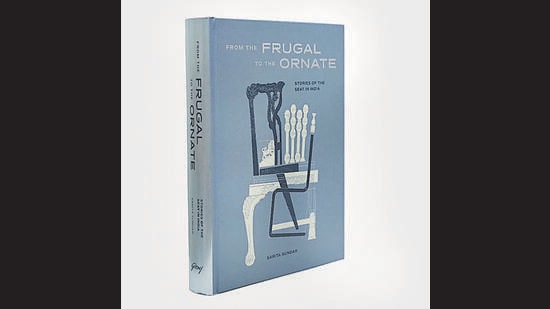
Some of these chairs — including the peacock throne, the charpai and the Pierre Jeanneret — feature in a new book titled From the Frugal to the Ornate: Stories of the Seat in India. The collection of essays by designer and writer Sarita Sundar was commissioned by Godrej Archives, to commemorate that company’s 125th anniversary. (Godrej began as a locks company, proceeded to soaps, soon became an early industrial house and has been making chairs and other furniture for over a century).
“This book was an opportunity to contextualize Godrej’s role in the context of the larger Indian narrative of how seating has evolved in India,” says Godrej Archives head Vrunda Pathare. “It was also a way to consummate our preoccupation with objects, their ‘thingness’, and their histories.” Here, then, are the stories of five iconic chairs from India’s modern history.
The Pierre Jeanneret Chandigarh chair
It was designed as a low-cost seat for government offices. It has become a European art market favourite.
The Pierre Jeanneret Chandigarh chair, with its unusual V-shaped legs made from teak and rattan, was born after prime minister Jawaharlal Nehru commissioned the Swiss architect Le Corbusier and his cousin Pierre Jeanneret to plan Chandigarh in 1951.
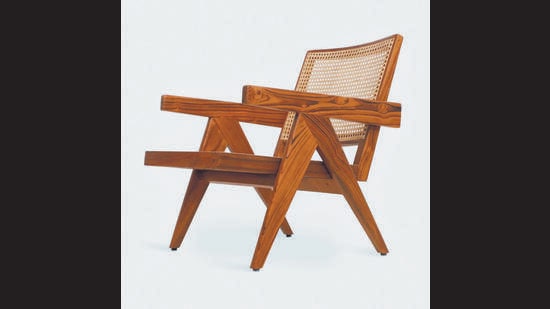
Working with a team of Indian architects, designers and labourers, the Swiss duo created the iconic modernist buildings that still define this city. Jeanneret fell in love with India, stayed on for 15 years, and designed the Panjab University building as well as schools, libraries, an art museum and residences, also filling them with furniture designed to complement the vision of a modern, planned city.
According to a 2012 tally by the UT Administration, Chandigarh has 12,793 heritage items designed by Corbusier or his team. These include drawings, murals, tapestries and furniture. In the late 1990s, antiques dealers from Europe travelled all the way here, to collect damaged Jeanneret furniture that was being sold as scrap.
One thing that hasn’t changed is that the many Indian designers who worked with Jeanneret, such as Urmila Eulie Chowdhury, Jeet Malhotra and Aditya Prakash, remain largely uncredited. Even today, in auction catalogues, the iconic pieces are credited to Jeanneret alone.
The Bombay Fornicator
This chair has its roots in the British-era plantation chair, traditionally made from mahogany, rosewood or teak, with a low cane or rattan seat and a reclining back. The plantation or planter’s chair was designed for comfort. Its most unusual feature was the two small panels tucked under the armrests, which folded out as rests for the user’s legs or feet.
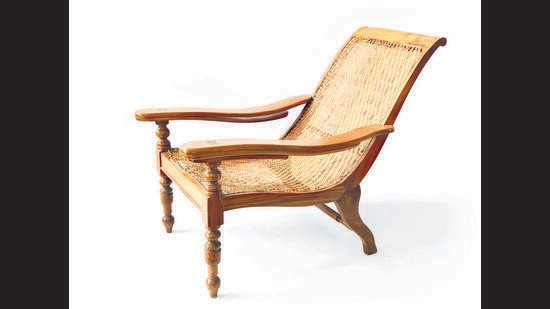
The chairs were designed for use on airy porches or verandahs, in the long, hot afternoons when it was too sweltering to even recline indoors. The chairs were so comfortable, they became popular in Britain too, and remained a common sight at railway station waiting rooms in India for decades after Independence.
The chairs can still be found in homes, libraries and clubhouses. In different regions of the empire, the planter’s chair evolved. It was renamed the Berbice, after a region in Guyana; Campeche in Latin America; Butaque in Mexico. In Mumbai, it was clearly used recreationally too, earning itself the nickname Bombay Fornicator in colonial times.
The bentwood Irani café chair
This one is a lot more durable and a lot less comfortable than it looks. Bentwood is a type of woodwork in which lengths of wood are steamed, bent into shapes and curves, then dried to harden. German-Austrian cabinet-maker Michael Thonet pioneered the technique in 1850s Vienna.
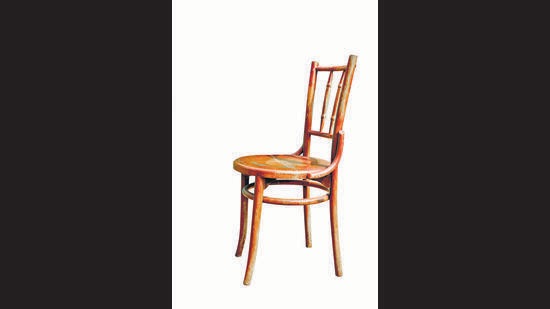
The first bentwood chairs were likely imported into India in the early 1900s, when the first Irani cafés were being set up, to give those cafés a European feel. They can still be found in Mumbai’s Irani cafés, as well as in cafés and bistros in Vienna.
Evocatively, in Mumbai, where formerly working-class areas have seen textile mills replaced by luxury high-rises, Irani cafés are being forced to pivot to cater to a new demographic. The reasonably priced brun pav and chai are being replaced by pasta and beer. The prices are rising. But the chairs remain.
The Godrej CH chair
This tubular metal model, also known as the Wassily chair, was created by Bauhaus designer Marcel Breuer in Dessau, Germany, in 1925-26. He drew inspiration from the tubular steel frame of the bicycle, inspired by the way it combined strength and lightness.
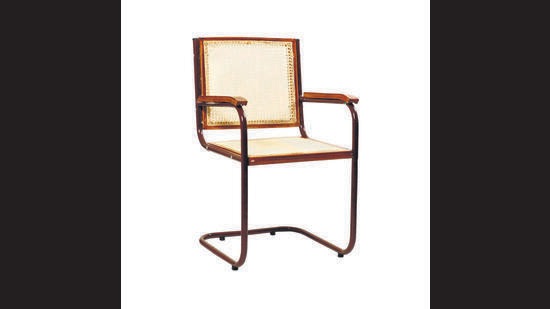
As his designs evolved, in India, by the 1930s, companies such as Godrej & Boyce began making steel chairs inspired by these. These chairs broke away from the idea of four legs. The Godrej CH4 model was popular particularly in government offices, because it combined utility with a very specific kind of aesthetic appeal. In a time of heavy, dark wooden furniture, this chair felt light and modern. Today, if one walks into a room and sees one, though, it means nothing has changed there in a very long while.
The monobloc plastic chair
This is, for better or worse, the most widely used piece of furniture in the world. It’s easy to mass-produce, durable; easy to stack and store.
The monobloc plastic chair is used in homes, restaurants, on rooftops, verandahs and beaches, and in government offices across the country (and around the world). They cost about ₹400 a piece and a set is never ruined; they’re easily replaced.
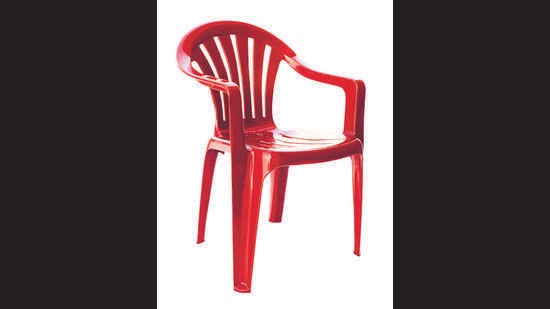
This chair evolved from a vision shared by generations of designers going back to the 1920s: to create a durable, comfortable chair from a single piece of material. Laminated wood and sheet metal were used first. Then plastics technology began to evolve. By 1968, Danish designer Verner Panton had unveiled the Panton, the first such chair made from a single piece of plastic.
In 1990, India’s Nilkamal, a company that had until then specialised in plastic crates, entered the business. It is now, for better or worse, synonymous with plastic furniture in India.
Enjoy unlimited digital access with HT Premium
Subscribe Now to continue reading

Stay connected with us on social media platform for instant update click here to join our Twitter, & Facebook
We are now on Telegram. Click here to join our channel (@TechiUpdate) and stay updated with the latest Technology headlines.
For all the latest Art-Culture News Click Here
